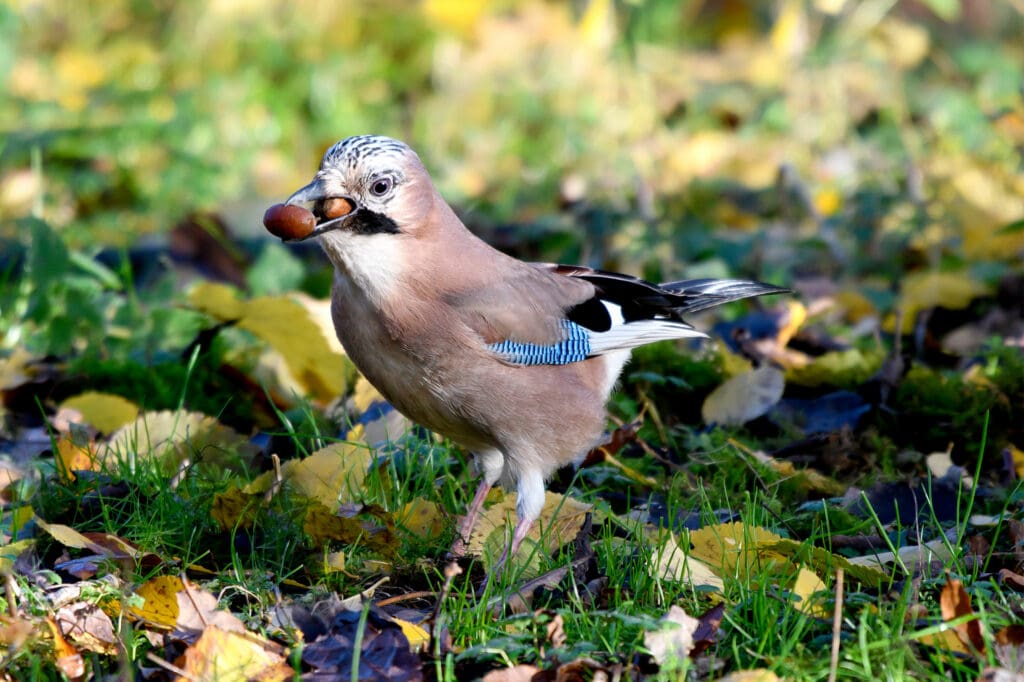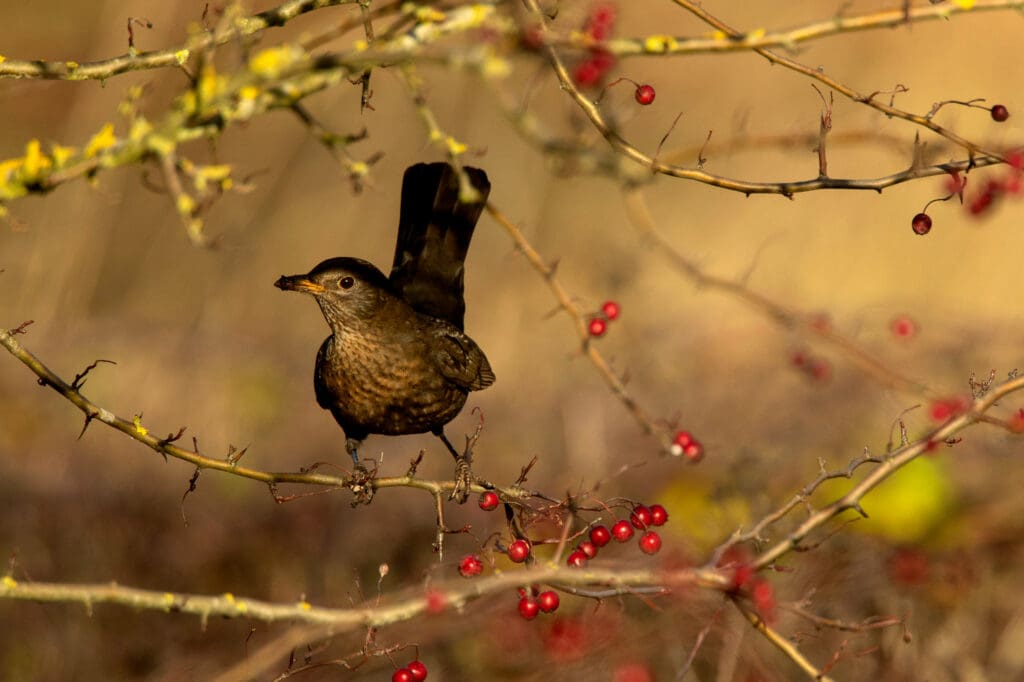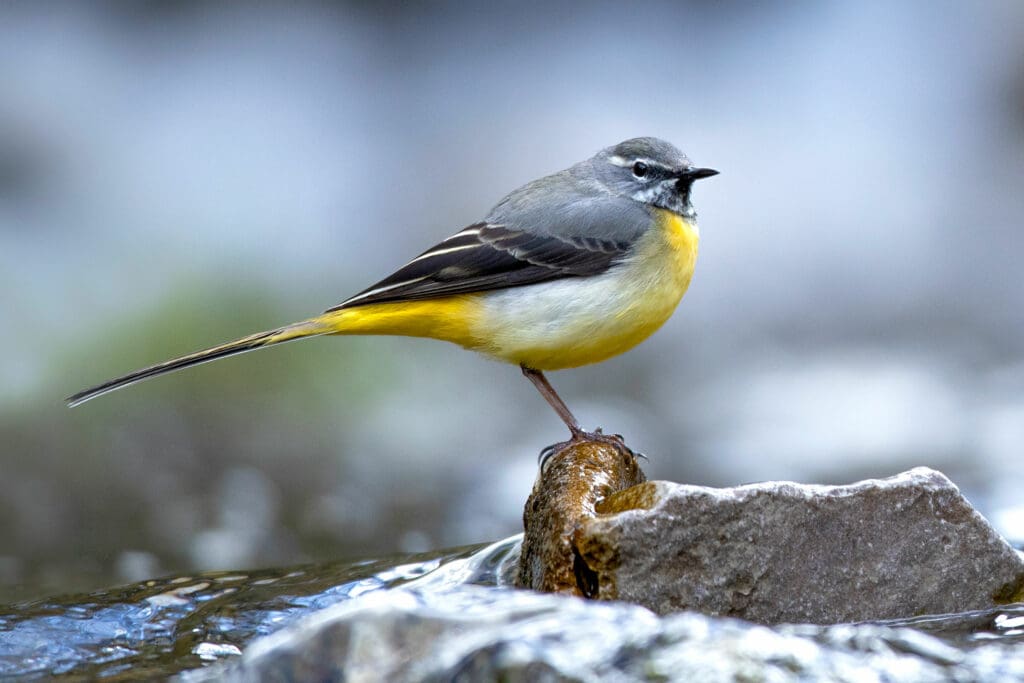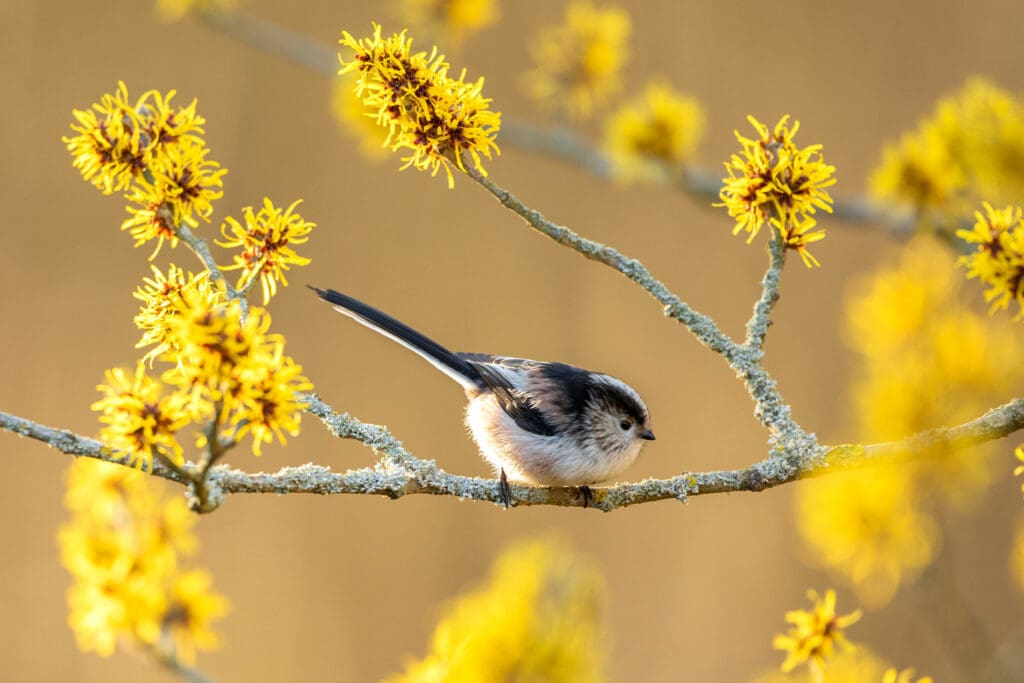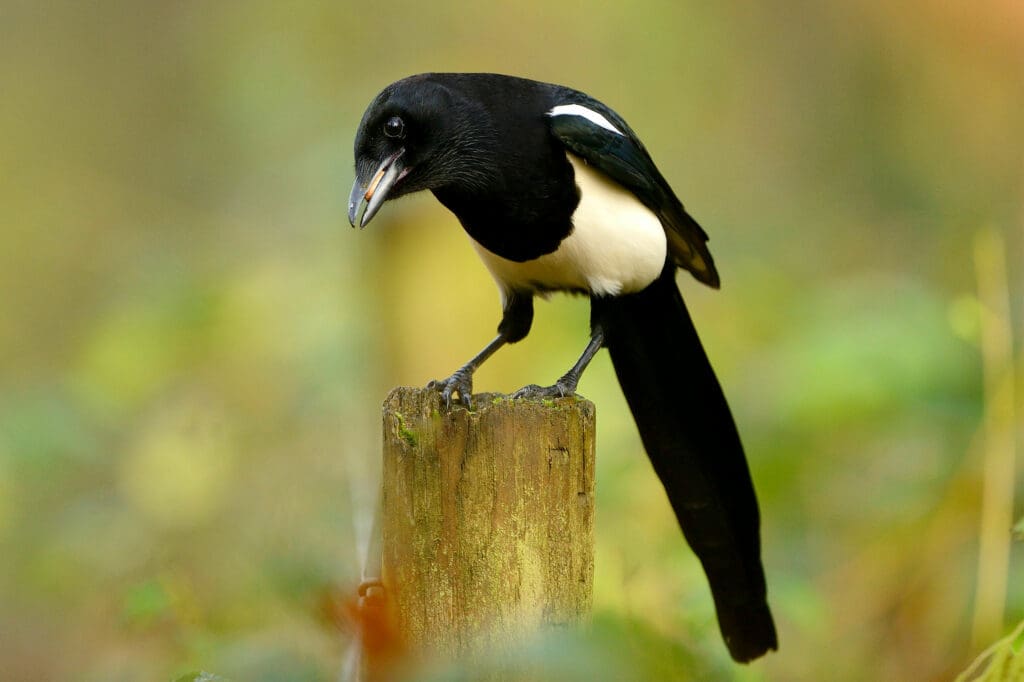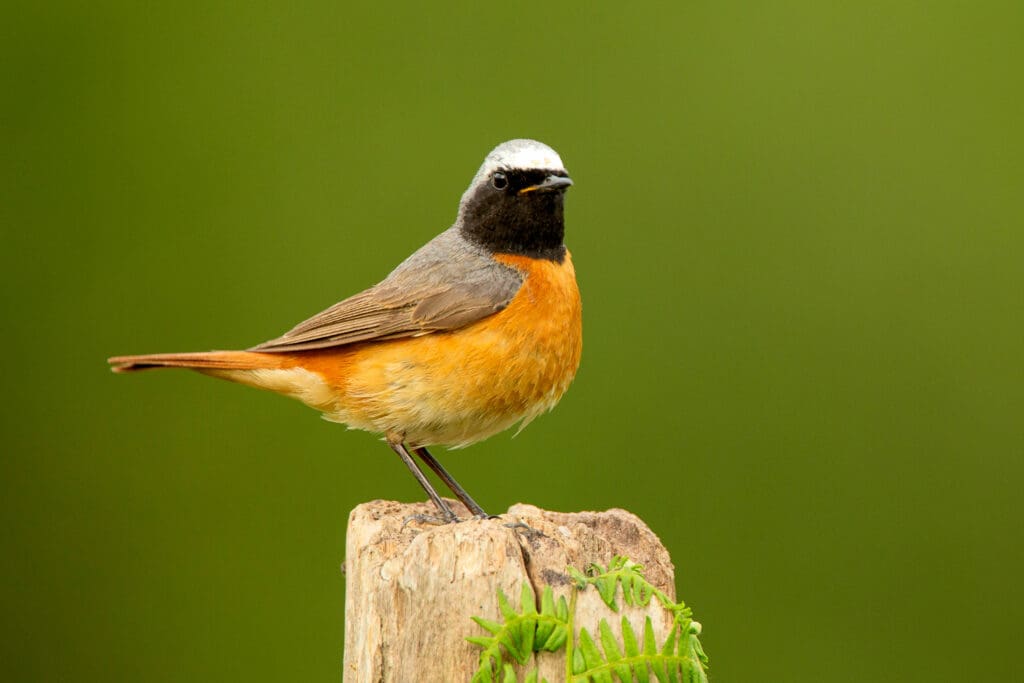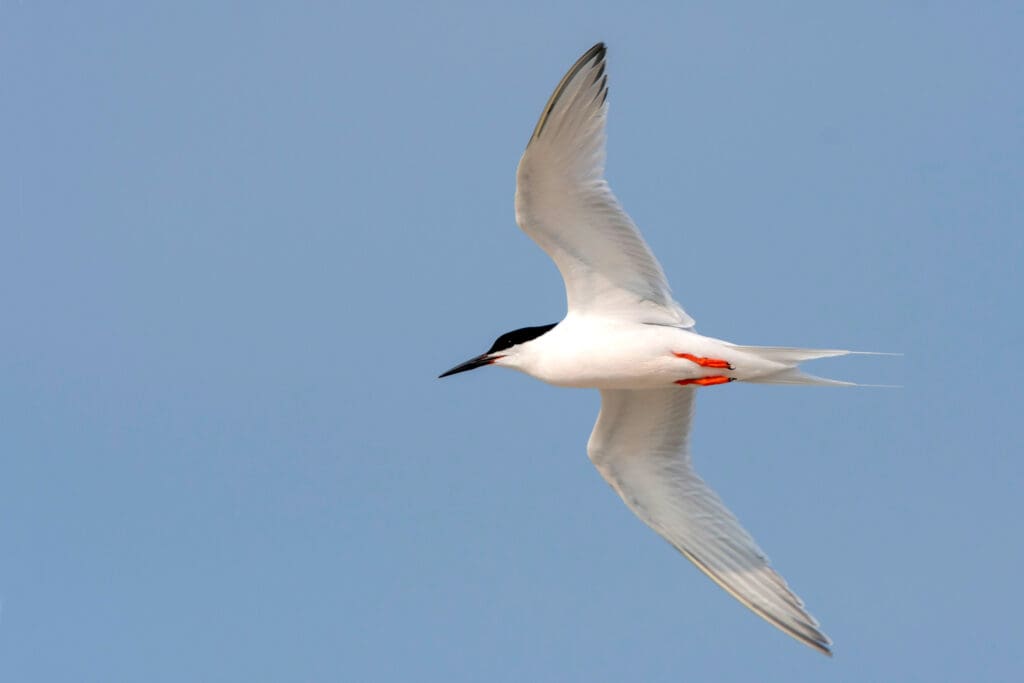They always come last, but bird tails are exceedingly important. Tails play a role in flight, and they are also used for balance, stability, signalling, flushing prey and promoting a bird in courtship.
Though some birds, such as grebes, essentially lack them, tails are usually fairly conspicuous. Ancient birds had bony tails, but over time the caudal vertebrae (all the bones in a tail) fused together into a pygostyle (a flat bone at the end of the spine), from which the muscles attach and move the feathers of the tail ‘remotely’.
In flight, tails contribute to some of a bird’s lift – on average, about 15% of the total – despite being at the back of the body.
Some kind of tail is necessary to reduce drag by directing airflow aft and thereby evening out changes of velocity behind the bird. (Long legs held horizontally have the same effect.) Birds that lose their tails fly slower.
The tail also plays a part in steering, stability and manoeuvrability, and the shape of a bird’s tail reflects how much of a priority these skills are to that species.
For instance, birds that require exceptional manoeuvrability usually have long, forked tails, helping with sharp turns in tight corners – these include Swallows and terns. Birds that require stability, such as geese, have shorter, triangular tails.
A quick flick of a tail can steer a bird in a required direction very quickly, both in air and in water, acting as a rudder, so ducks may dunk their tails in the water while swimming to steer. And, universally, spread tails act as air brakes, enabling birds to land accurately.
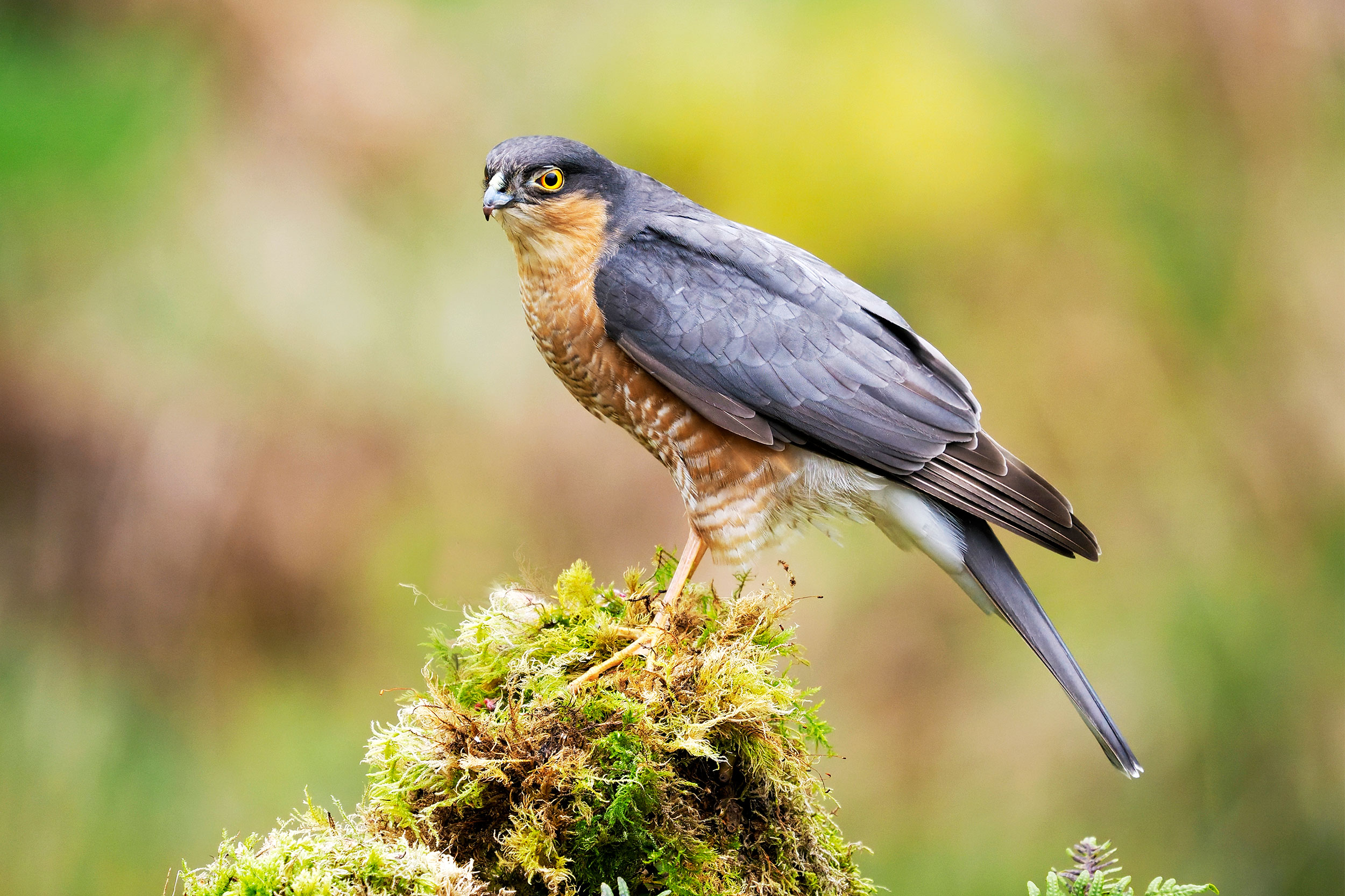
That’s not the end of the tale, of course. Tails are effective for balance when a bird isn’t flying. They help distribute weight evenly – for example, when a bird is hopping on the ground. A tail is also a useful counterbalance during acrobatic manoeuvres on twigs, as seen in the Long-tailed Tit.
Tails are also used in signalling. When a Blackbird or Woodpigeon alights, it often raises its tail, as if it’s ‘signing in’ on a perch.
Redstarts probably shiver their tails to make them more obvious to other Redstarts, and it’s possible that wagtails do the same; some research suggests that wagtails wag their tails more vigorously when a potential predator is near, saying, “I see you, no need to attack.”
However, birds also use flicks of the tail to surprise and flush out invertebrates – wagtails and Chiffchaffs may do this.
A female Redstart in Sherwood Forest National Nature Reserve shivering its tail. @RSPBvideo
Of course, a tail is a good tool for sexual selection. Researchers have found that male Swallows with longer, more even tail streamers were more attractive to the opposite sex, and many males have longer tails than females (Magpies, skuas).
Runaway sexual selection may lead to inconvenient tails that are terrible for drag but a good indication of quality – just ask a Peacock.
You might also like
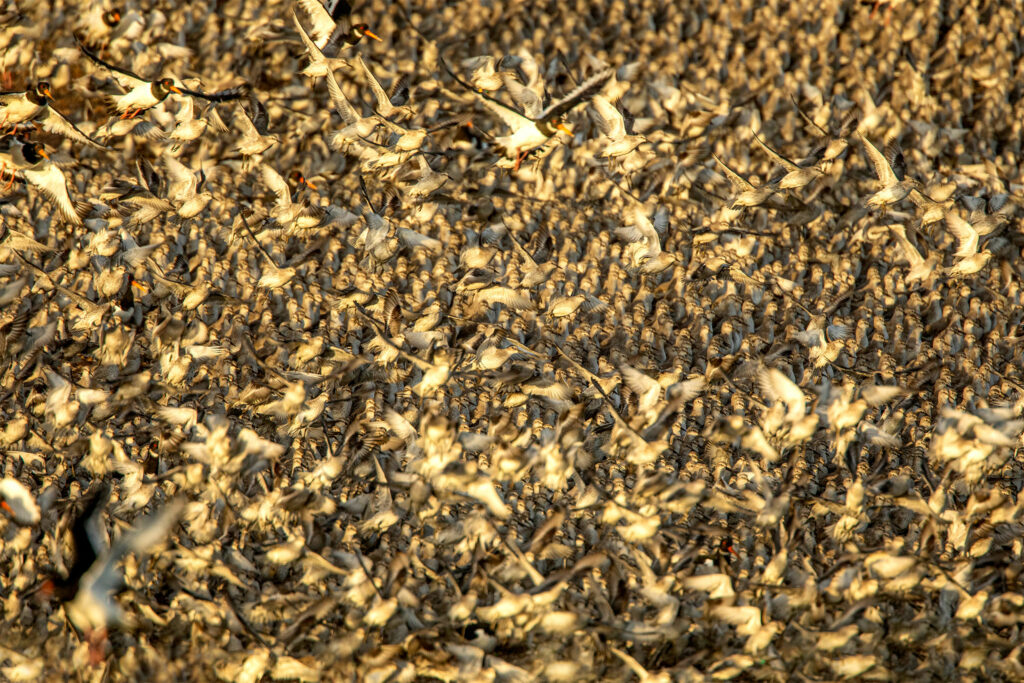
Wildlife in flight
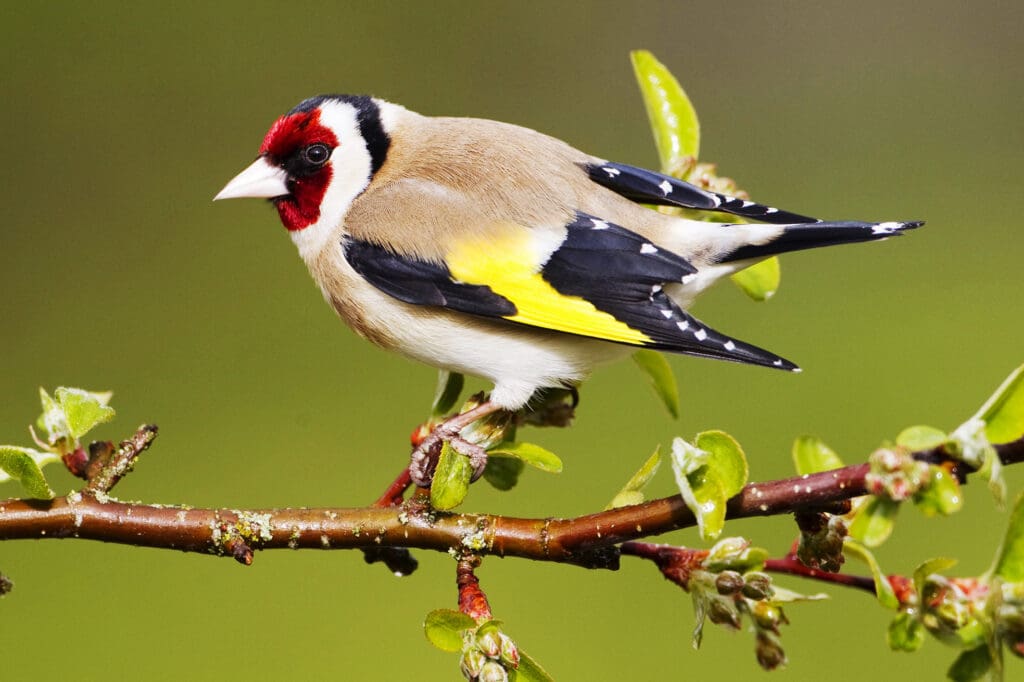
The secrets of seasonal plumage
